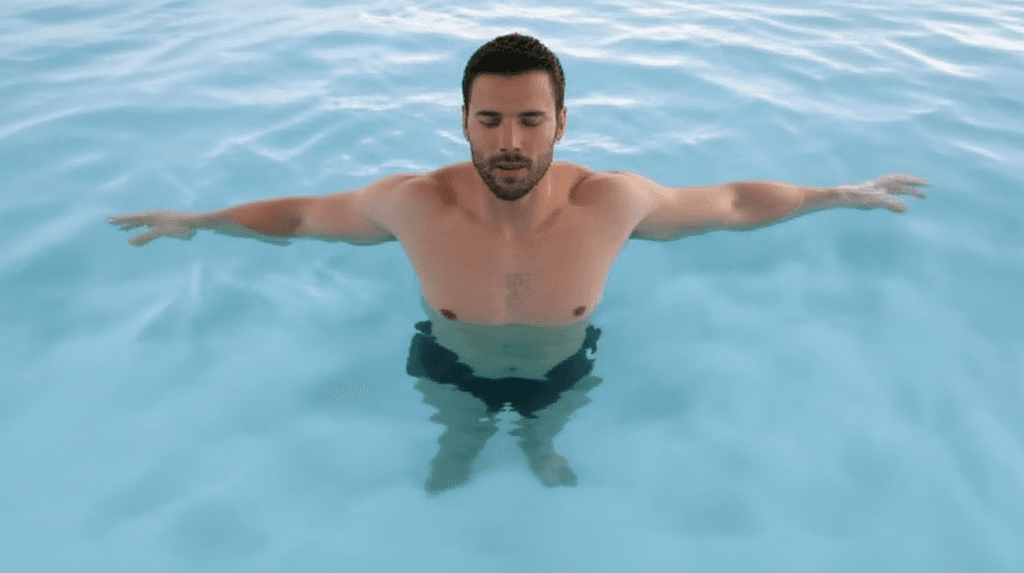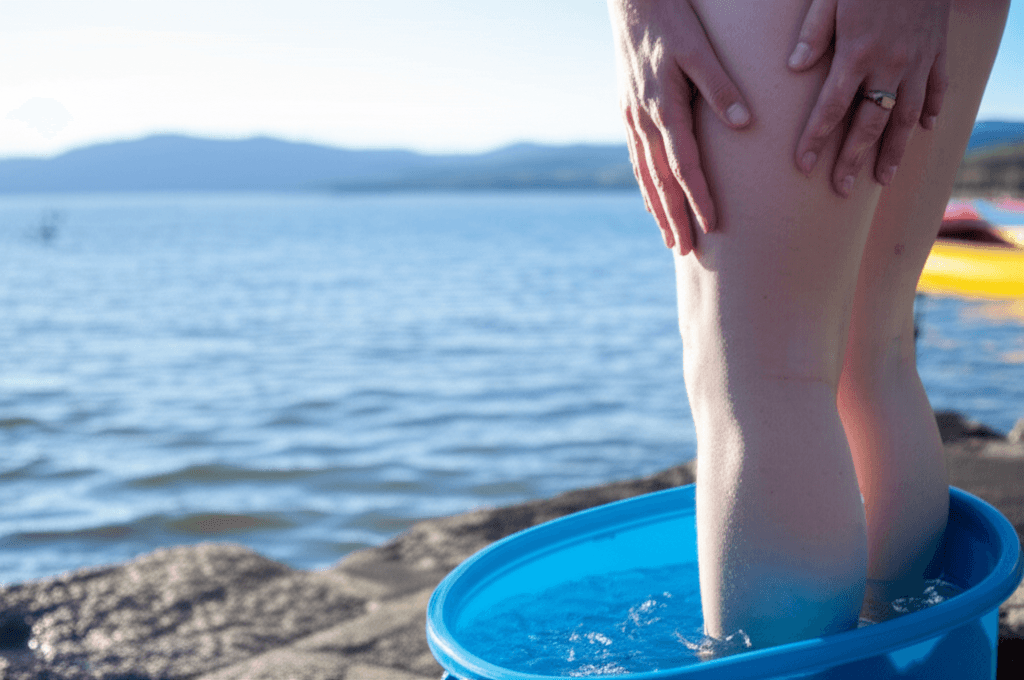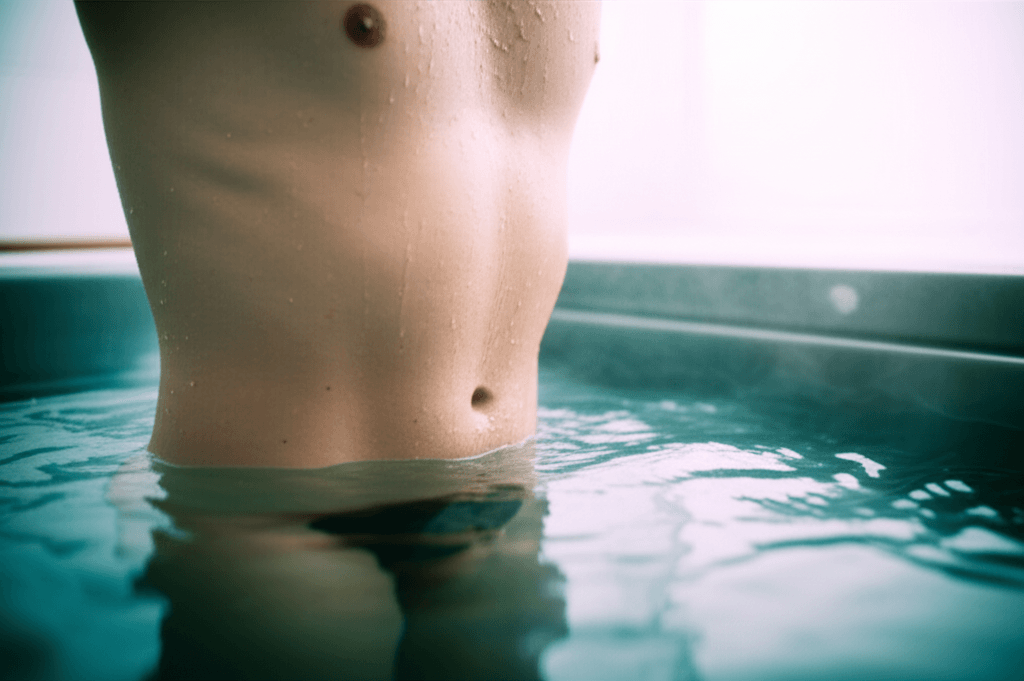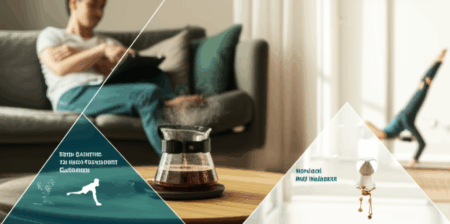Cold plunging, also known as cold water immersion, has surged in popularity as a wellness practice, promising benefits from muscle recovery to improved mood and enhanced circulation. While the idea of submerging oneself in icy water might seem daunting, approaching it correctly can unlock its transformative power. This guide will walk you through the proper way to try a cold plunge, ensuring a safe, effective, and ultimately invigorating experience.

What is Cold Plunging and Why Do It?
A cold plunge involves briefly submerging most or all of your body in cold water, typically between 37°F and 60°F (3°C and 15°C). Historically used by athletes for muscle recovery, it has gained traction among a wider audience seeking various physical and mental health benefits.
Key Benefits of Cold Water Immersion
- Muscle Recovery and Reduced Soreness: Cold water causes blood vessels to constrict, which can help reduce inflammation, swelling, and muscle soreness after intense exercise. This constriction slows blood flow, which may lessen muscle damage.
- Improved Circulation: Regular cold exposure encourages the constriction and subsequent dilation of blood vessels, promoting better overall blood circulation.
- Boosted Mood and Mental Well-being: Cold plunges can trigger the release of endorphins and increase dopamine levels in the brain by up to 250%, leading to improved mood, reduced stress, and heightened mental alertness. It can also help build resilience to stress.
- Enhanced Immune Function: Some research suggests that regular exposure to cold water may stimulate the immune system and increase immune cell activity.
- Increased Metabolism: The body shivers to generate heat when exposed to cold, which can raise your metabolic rate and contribute to calorie burning by activating brown fat.
- Better Sleep: The drop in body temperature from a cold plunge can mimic the natural temperature decline before sleep, potentially promoting better sleep quality.

Preparing for Your First Cold Plunge
Before you dive in, preparation is crucial for a safe and positive experience.
Consult Your Doctor
Cold plunging is not for everyone. It’s essential to consult with a healthcare professional before starting, especially if you have underlying health conditions such as heart disease, high blood pressure, diabetes, poor blood flow, Raynaud’s phenomenon, peripheral neuropathy, venous stasis, or cold agglutinin disease. Cold water can put significant stress on the heart, and rapid breathing from cold shock could cause irregular heartbeats or even a heart attack for those with existing heart conditions. Pregnant individuals, those who are very young, or the elderly should also avoid cold plunging without medical advice.
Acclimatize Gradually
Jumping directly into very cold water can shock your system. Beginners should start slowly to allow their mind and body to adapt.
- Cold Showers: A great way to begin is by taking cold showers. Start with a warm shower and gradually decrease the temperature, ending with 30 seconds to a minute of cold water. Over several weeks, you can increase the duration of cold exposure in the shower.
- Gradual Immersion: When ready for a plunge, start by splashing cold water on your neck, then slowly submerge your feet, hands, and eventually your entire body up to your neck.
Set Up Your Plunge Environment
Whether you’re using a dedicated cold plunge tub, a regular bathtub with ice, a cold lake, or the ocean, ensure safety measures are in place.
- Temperature: For beginners, aim for water temperatures between 50°F and 60°F (10°C and 15°C). You can gradually lower the temperature as your tolerance builds.
- Location: Choose a safe place without obstacles, and ideally, avoid flowing bodies of water like rivers where currents could be an issue.
- Essentials Nearby: Have a towel and dry, warm clothes readily accessible for immediate use after your plunge. Consider neoprene gloves or socks to protect hands and feet, which tend to get cold fastest.
- Buddy System: Always have someone nearby, especially for your first few sessions, in case you need assistance.

The Cold Plunge Process: Step-by-Step
Once prepared, the actual plunge requires mindfulness and control.
Mental Preparation and Breathwork
- Visualize: Before entering the water, take a moment to visualize how you will enter and how you want to feel.
- Breathing: Breathwork is a critical tool. Practice deep, slow breaths before and during the plunge to calm your nervous system and manage the initial cold shock. Inhale deeply through your nose and exhale slowly through your mouth. Controlled breathing helps stabilize your heart rate and allows you to stay calm.
Entering the Water
- Ease In Gradually: Do not jump into the cold water quickly. Enter slowly, dipping your toes first, then gradually lowering your body. This helps reduce the shock to your system.
- Submerge Fully: To maximize benefits, aim to submerge your entire body up to your neck, and briefly, even your head, if comfortable. This exposes the vagus nerve and thyroid, eliciting a more dramatic hormonal and nervous system response. Submerge on an exhale, aiming for the process to take less than 3-4 seconds.
During the Plunge: Listen to Your Body
- Focus on Breath: Continue to focus on slow, steady breathing to manage the cold. You may experience an involuntary gasp and rapid breathing at first, but it should stabilize.
- Monitor Your Body: Pay close attention to how your body responds. If your breathing doesn’t calm down, you feel lightheaded, dizzy, chest discomfort, or pain, get out immediately. If your fingers or toes change color, exit to avoid frostbite. Shivering is normal, but excessive or uncontrollable shivering is a sign to exit.

Duration and Frequency
Finding the right duration and frequency is key to optimizing benefits and ensuring safety.
Recommended Duration
- Beginners: Start with very short sessions, typically 30 seconds to 1 minute. Gradually increase by 15-30 seconds per session as your body adapts.
- General Practice: Most people safely work up to 2-3 minutes. Experienced users might extend to 5-10 minutes, but exceeding 10 minutes is generally not recommended, as benefits may diminish and risks like hypothermia increase.
- Post-Workout: For muscle recovery, 2-3 minutes in an ice bath is often sufficient.
Recommended Frequency
- Beginners: Start with 1-2 times per week.
- Regular Practitioners: 3-4 times per week is often considered optimal for general wellness.
- Consistency is Key: Studies suggest that consistent, shorter plunges (e.g., 5 times a week for 2 minutes) may be more effective than less frequent, longer plunges. A total of 11 minutes of cold exposure per week (divided into sessions) is often cited for metabolic benefits.

Safety Considerations and Who Should Avoid It
While beneficial, cold plunging carries risks if not approached carefully.
Who Should Be Cautious or Avoid Cold Plunging?
- Heart Conditions: Individuals with heart disease, high blood pressure, a history of heart attack or stroke, or irregular heartbeats should avoid cold plunges due to the sudden stress on the cardiovascular system.
- Diabetes: People with uncontrolled diabetes can have compromised blood circulation, making cold exposure potentially unsafe.
- Circulation Issues: Conditions like Raynaud’s syndrome or poor blood flow can be exacerbated by cold, which constricts blood vessels.
- Neurological Conditions: Those with epilepsy or a history of seizures should exercise extreme caution, as the intense cold shock could trigger a seizure.
- Pregnancy: Cold plunges are not recommended during pregnancy due to significant changes in blood flow and potential stress to the fetus.
- Open Wounds or Skin Infections: Submerging open wounds increases the risk of infection.
- Cold Urticaria: A rare condition where cold exposure triggers an allergic reaction.
- Medications: Certain medications that lower blood pressure or heart rate can make cold plunges unsafe. Always discuss with your doctor.
- Avoid if: Under the influence of alcohol (impairs temperature regulation and judgment), after a big meal, or during periods of intense stress or poor sleep.
Signs of Overexposure and Hypothermia
Monitor for signs of hypothermia, which include uncontrollable shivering, slurred speech, slow breathing, weak pulse, confusion, and drowsiness. If these occur, exit the water immediately and seek help.

Common Mistakes to Avoid
To ensure a positive experience, be aware of common pitfalls:
- Rushing In Too Quickly: Don’t jump in. Ease in gradually to allow your body to adjust and prevent a severe cold shock response.
- Panicked Breathing: While an initial gasp is normal, avoid rapid or shallow breathing. Focus on slow, controlled breaths to calm your nervous system.
- Staying in Too Long: More is not always better. Prolonged exposure, especially for beginners, increases the risk of hypothermia and can diminish benefits. Stick to recommended durations.
- Incorrect Temperature: Starting with water that is too cold can be dangerous. Gradually work your way down from 50-60°F.
- Not Submerging Enough: To get the full benefits, aim to submerge your entire body up to your jawline or neck.
- Lack of Consistency: Benefits compound with regular practice. Integrate cold plunging into a consistent routine.
- Ignoring Body Signals: Always listen to your body. If you feel dizzy, numb, or excessively uncomfortable, exit the water.
- Improper Post-Plunge Warm-up: Do not immediately jump into a hot shower or sauna, as rapid temperature changes can cause dizziness or fainting. Instead, dry off, put on warm clothes, and allow your body to warm up naturally. Sipping a warm beverage can also help.

Embracing the Chill
Cold plunging can be an invigorating and beneficial practice when done correctly. By understanding the physiological responses, preparing adequately, following safety guidelines, and listening to your body, you can safely integrate cold water immersion into your wellness routine. Start slow, be consistent, and embrace the empowering experience of the cold.







